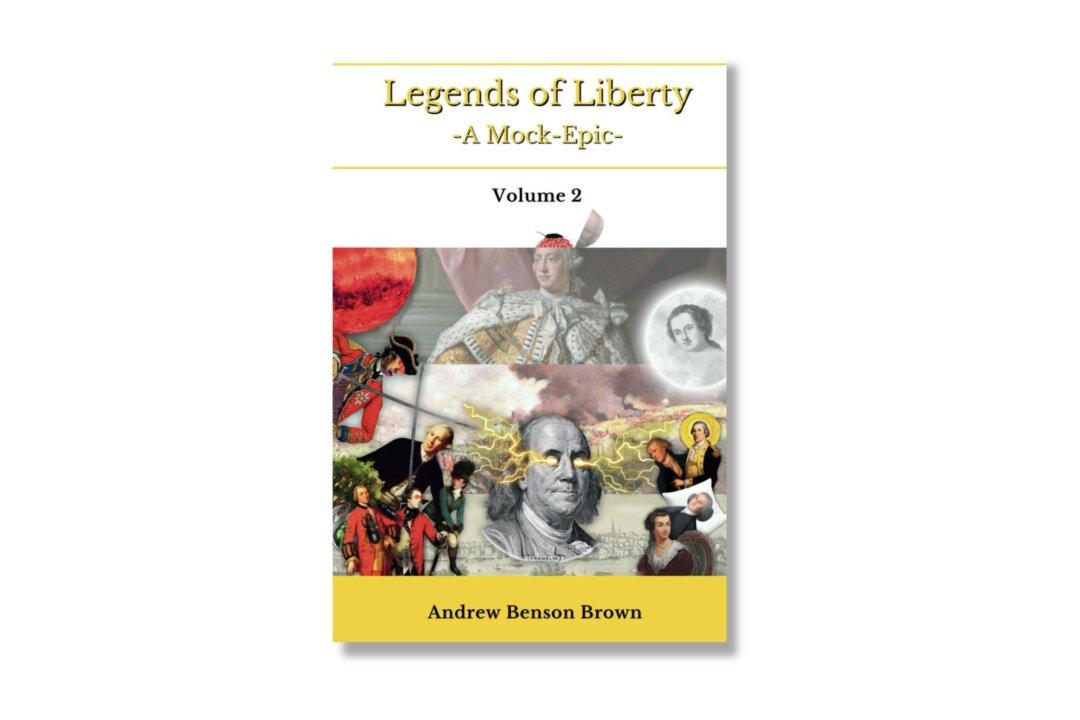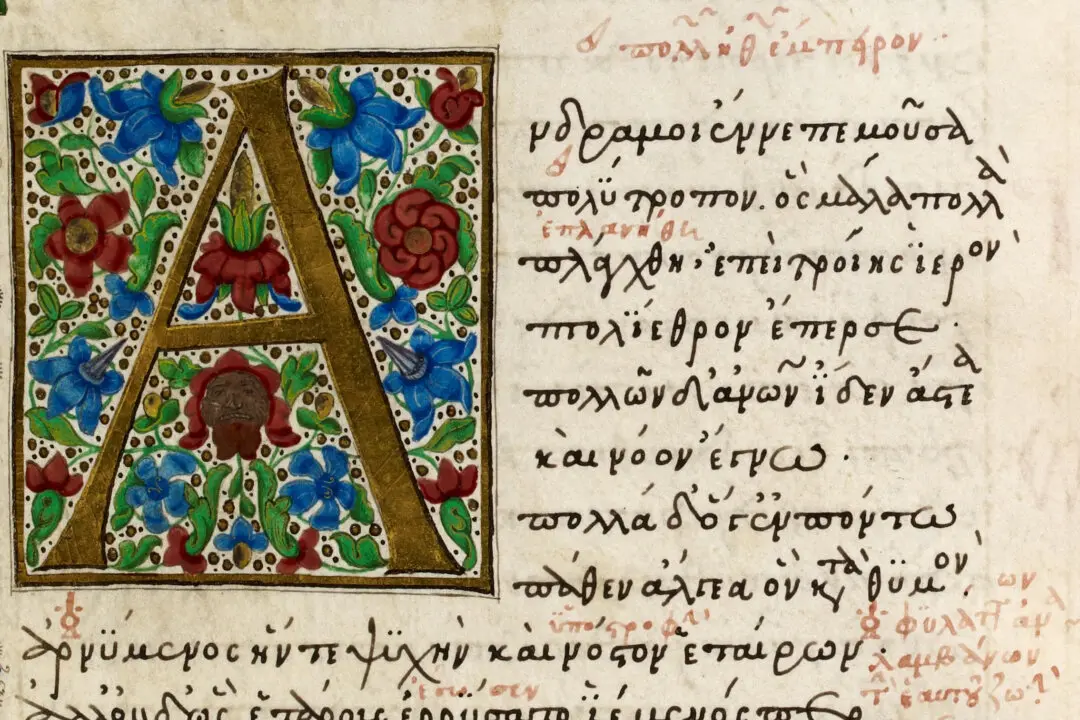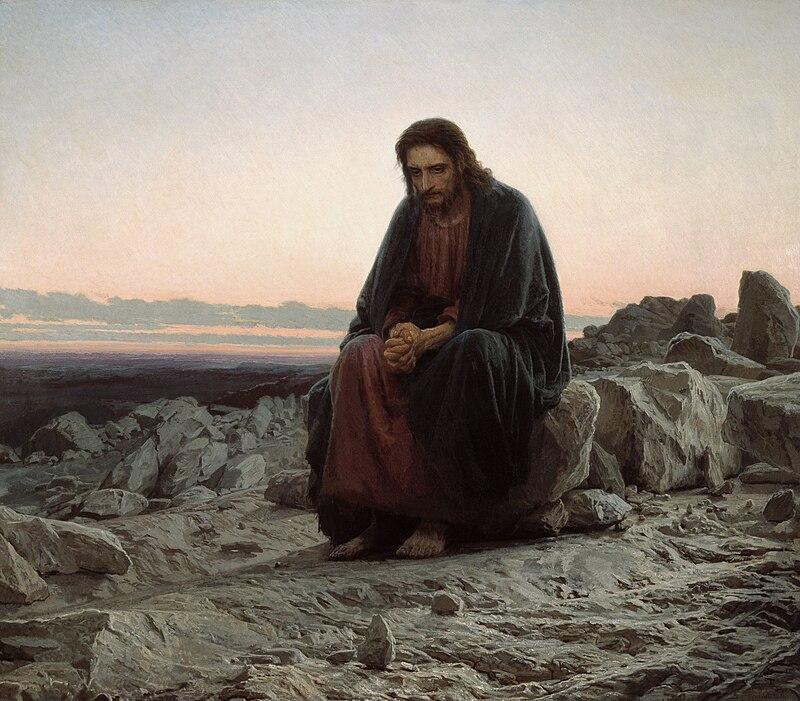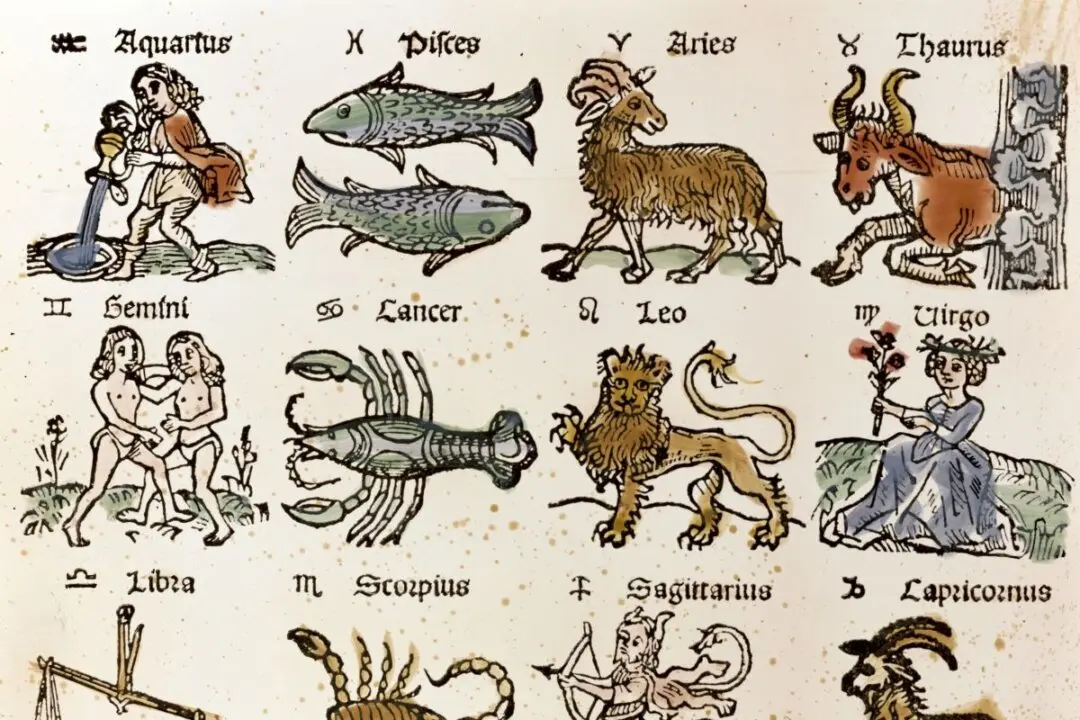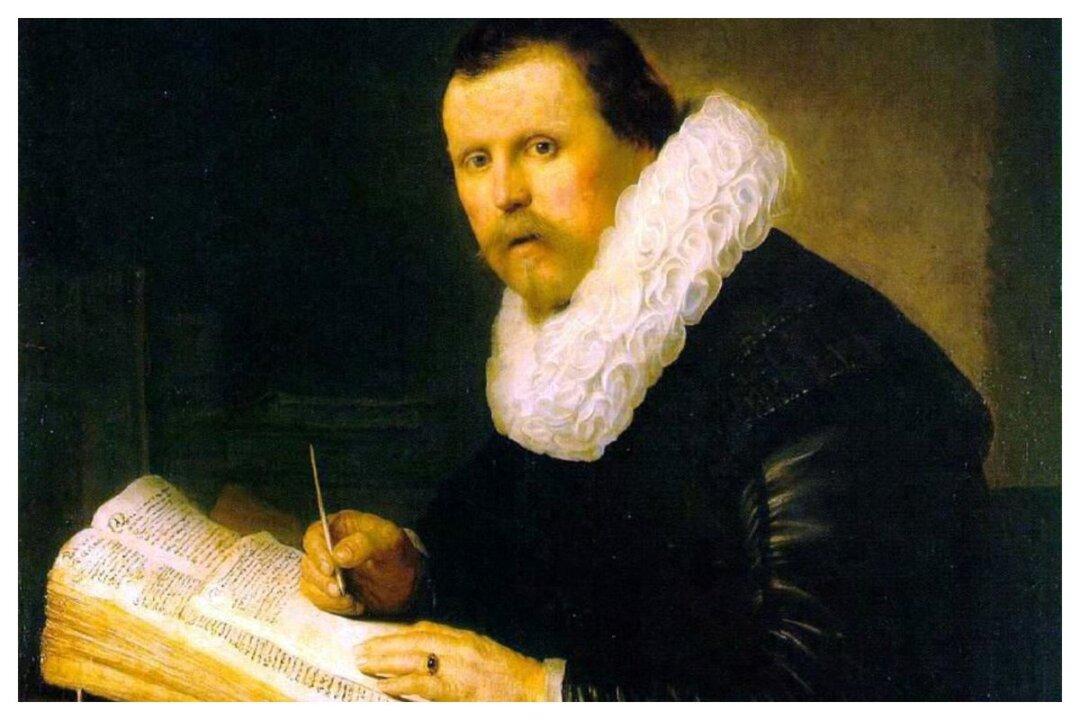Andrew Benson Brown’s first poetic collection, “Legends of Liberty,” was astonishing. It was not the usual fragile collection of lyrics—with acknowledgments of obscure magazines here and other murky acknowledgments there, from poets hoping for some sort of coherence. On the contrary, it was a full-on, fully realized narrative—indeed, a mock-epic telling the story of the American War of Independence.
The first work is assured, mature, imaginative, and scintillating. Indeed, to take one line from my review of the work, I wrote: “Here we have a true American poet who is totally non-mainstream but is using form to explore American democracy, to investigate and comment on the War of Independence (which, as a Brit, I like to call the English Civil War, part 2!), invoking classical literature and myths for serious and comic effects, and generally providing a text that is outrageously interesting, gripping, and very funny.”

